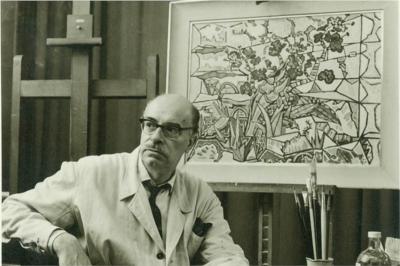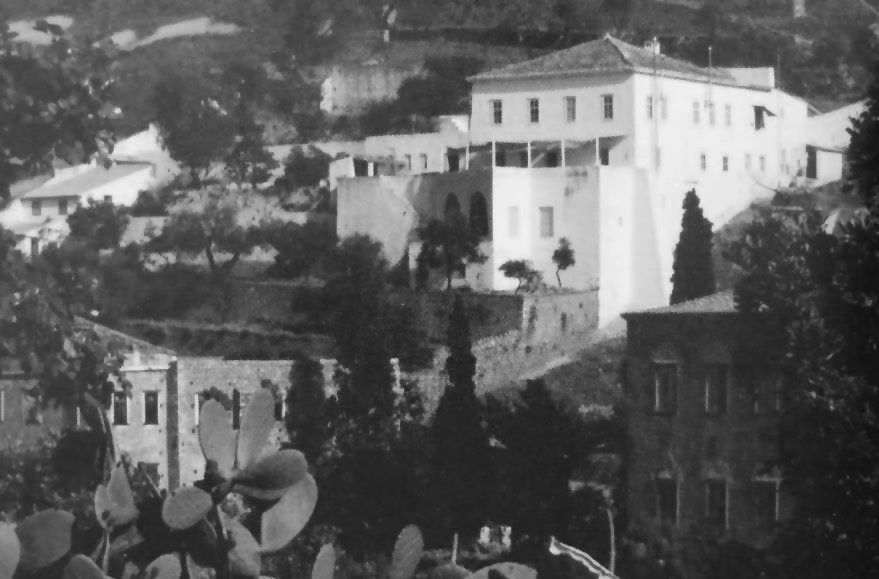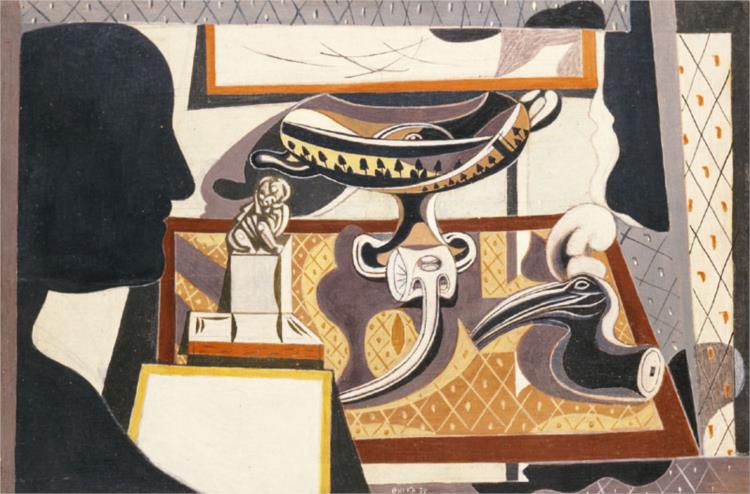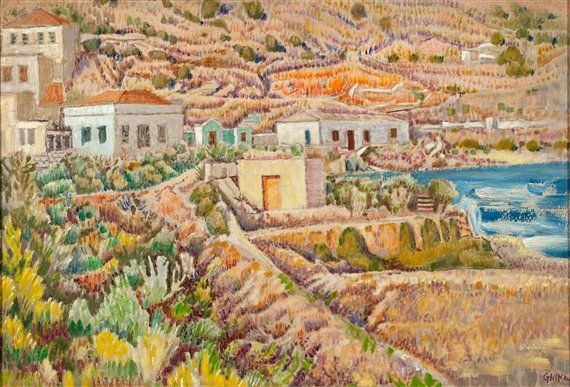Nikos Hadjikyriakos-Ghikas - Artists of Hydra Island Greece
Biography

He studied ancient and Byzantine art as well as folk art due to his adoration for the Greek landscape. During his youth he was exposed in Paris to the avant-garde European artistic trends and he gained recognition as the leading Greek cubist artist.
His aim was to focus on the harmony and purity of Greek art and to deconstruct the Greek landscape and intense natural light into simple geometric shapes and interlocking planes.
In 1949 he formed, with other artists including Yiannis Moralis, Yannis Tsarouchis, Nikos Nikolaou, Nikos Engonopoulos and Panayiotis Tetsis, the "Armos" art group. In 1950 he was the Greek participant at the Venice Biennale where he exhibited 17 of his paintings.
His works are featured in the National Gallery (Athens), the Benaki Museum, the Musée d'Art Moderne de la Ville de Paris, the Tate Gallery in London, the Metropolitan Museum of New York and in private collections worldwide.
Ghika lived in a grand 18th century mansion built by his great-great-great-grandfather overlooking the town of Hydra, a hilly port town, which provided the subjects for hundreds of paintings and sketches.
The American writer Henry Miller (1891-1980), accompanied by his friend, the British writer Lawrence Durrell (1912-1990), visited Ghikas in this house in 1939. This was the eve of the war that would devastate Europe and wreak convulsions of hardship and conflict upon Greece that would far outlast the war itself. Miller’s account of that journey, The Colossus of Marousi, came out in 1941 and is considered by many to be his greatest book. Miller worked on the first draft while staying at Ghikas’s house.

Evocative black and white photos on display at the British Museum show some of the celebrity guests who came to stay, to enjoy the wonderful climate, the great view and the stimulating company, including ballet dancer Margot Fonteyn, choreographer Frederick Ashton, critic Cyril Connolly, the poets Stephen Spender and Giorgos Seferis.
In the 1950's, architect Pavlos Mylonos, with his ballerina/choreographer wife Rallou Manou, visited Ghikas and was commissioned to add a north facing studio to the mansion. The Mylonos' couple went on to buy their own ruins ( Rallou House ) and Pavlos Mylonos proposed the status of 'preserved National Monument' for the entire island of Hydra in the late 1950's.
Sadly, when a fire destroyed the mansion in 1961 Ghikas never returned to Hydra again. Today, the ruins have passed out of the Ghikas family into new hands.











